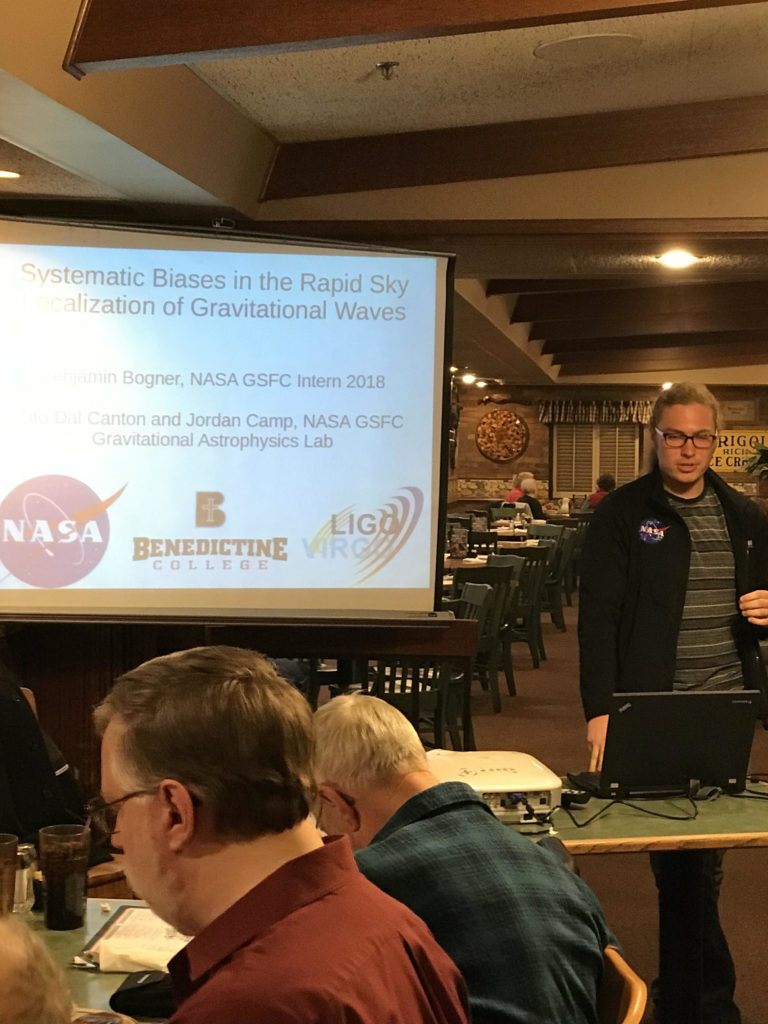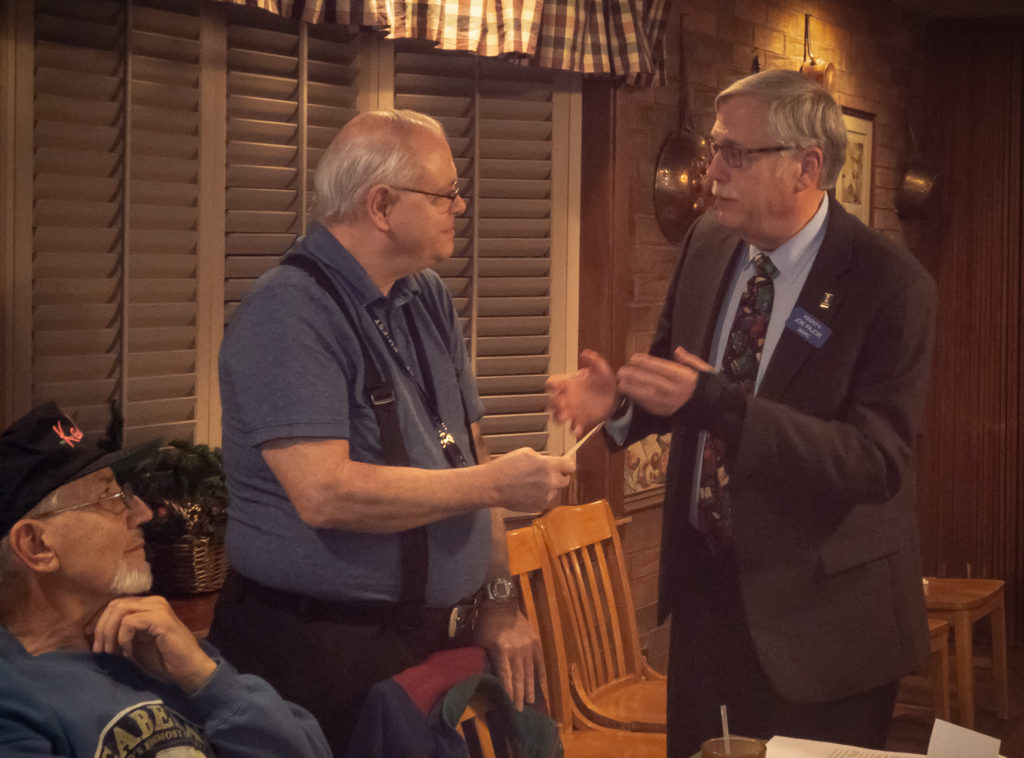By John Lock, WARC Repeater Trustee
This is some basic info for setting up and using the Wichita Amateur Radio Club DMR repeaters.
If you are wanting to learn and understand DMR, here are some websites with good information on what DMR is and how it works:
* http://www.dmrfordummies.com
* http://www.miklor.com/ DMR/ppt/DMR-BasicTutorial.pdf
* https://www.raqu.ca/~ve2rae/dmr/Amateur_Radio_Guide_to_DMR.pdf
* http://www.ccc.ve6hams.com/Operating_DMR_Radio.pdf
* https://wiki.brandmeister.network/index.php/Main_Page
* https://www.bridgecomsystems.com
DMR setup is not simple, so expect to spend time learning about DMR in order to set up a radio and get it on the air without causing problems for other users and repeater owners.
For those wishing assistance with programming their radios, the local digital communications group meets at Spangles, Kellogg at Broadway, on the fourth Saturday of each month. Please arrive by 6:30 p.m. and purchase a meal as the meeting room is provided free of charge.
One of the first steps is to go to Radio ID at https://radioid.net/and register your call sign and get your DMR ID number. The analogy I use is that your DMR ID is like putting your address on a letter to be mailed in addition to your name.
Do your research before you buy a DMR radio to make sure you have a source for support for that model to help you get it set up and going.
Caution: Many Baofeng DMR radios are not Tier II compliant and many DMR repeater groups have completely banned the use of all Baofeng DMR radios on their repeater because of the problems caused by non-Tier II radios.
Before operating a DMR radio on WARC DMR repeaters, make certain that it is fully Tier II compliant.
Please note: Some repeater owners have also banned certain worldwide talk groups because of problems.
The WARC DMR repeaters are on the Brandmeister network. See the website listed above for more information on what talk groups are available on that network. Just like AOL and Yahoo were separate networks for instant messenger service, there are several separate amateur DMR networks. Brandmeister, DMARC and KØUSY are examples of three different ham radio DMR networks.
WARC DMR repeaters are set to color code 3. This is equivalent to setting the CTCSS tone for an analog FM repeater. If you don’t have the correct color code set, you won’t access the DMR repeater. See https://brandmesiter.network/?page=repeater&id=310169 for more info on WARC DMR.
The WARC DMR repeaters have the (31201) BYRG talk group (Back Yard Repeater Group, a Kansas City club) set as a static, meaning a continuous connection on time slot 2. BYRG is the only talk group that is allowed on TS2. This is a requirement of BYRG, which owns the DMR equipment provided to WARC. To talk with other local hams, use BYRG TG 31201 on TS2. This is also a good place to get started with DMR as there are hams around the region that monitor this talk group.
Time slot 1 is for dynamic use, which means this is the time slot you will use to temporarily connect to the various talk groups available on the Brandmeister network. While a time slot can technically be connected to more than one talk group at the same time, it is not recommended and will make using the repeater and having a QSO difficult (think of it as four people trying to hold two separate conversations at the same time on the same telephone call).
The repeater will be shared among many hams who want to use different talk groups. We ask that you practice good repeater etiquette to allow the best experience for everyone. This includes checking to make sure the time slot is not already in use before bringing up a talk group on TS1 and disconnecting the talk group when you are finished.
Many radios have what is called a promiscuous mode or digital monitor that will let you listen to all traffic on a time slot to help determine if the time slot is in use. We recommend you check your radios for that feature and how to use it.
Be cautious when using this function as you will not be able to correctly call someone or join in on a QSO unless you have that specific talk group and time slot programmed into a channel on your radio. It is very easy to try and answer someone on the wrong talk group or time slot and fail while the monitor function is on. Some radios also have an indication method to show that the time slot is in use but will not show you which talk group is active.
Due to the shared nature of DMR repeaters, the proper ham courtesy is to program your radio so that it will not transmit if the time slot is already in use. Please ensure your radio setting is correct before using the repeater. Different CPS software can call this feature by different names but Admit or Permit are two common names.
To test your radio, use the parrot function on TS1, TG9990 private call. Make a short test transmission and after a short pause, the network server will play your signal back to you. This will allow you to check your mic gain setting, audio quality and signal strength into the repeater before you try to make a QSO.
The WARC DMR committee is in a learning process, just like rest of the local ham community, and these DMR protocols and procedures are preliminary and subject to change as our knowledge and experience grows. Look for more columns in the Grounded Grid in future months. DMR repeaters take time and money to set up, especially as they need full-time high-speed Internet access to function properly.
If you are interested in DMR and are not a member, please join WARC to help support the development of DMR both financially and with your time. Even if you don’t join WARC you can still support DMR development by donating to WARC, which is a 501(c)3 public charity.



